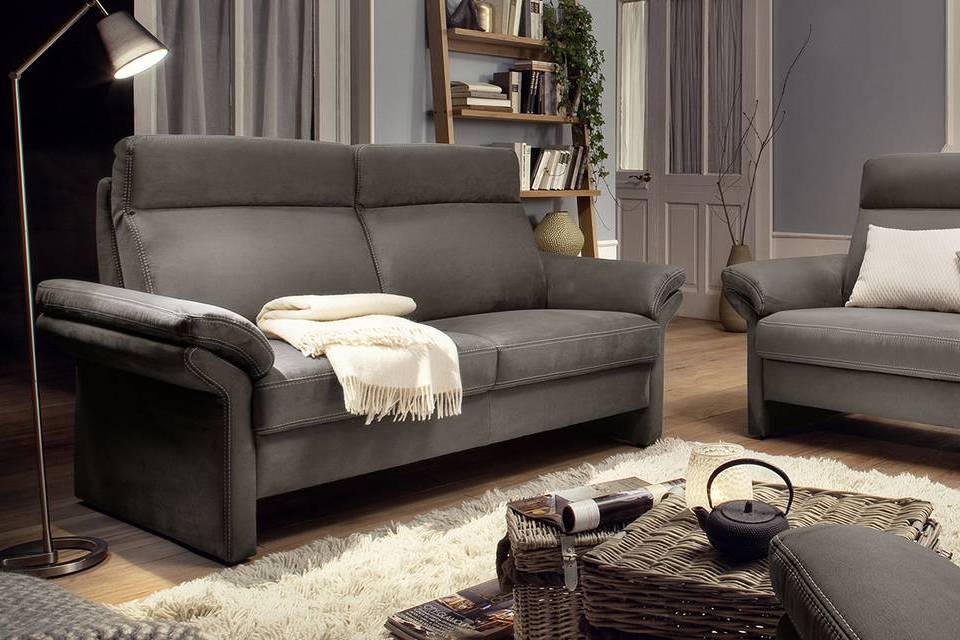Sentiment among Germany’s manufacturer exporters improved considerably in January as the ifo Institute’s corresponding Export Expectations index rose from 1.9 points to 6.0 points, its highest level since October 2020, the institute said on Tuesday.
In November, German manufacturers’ export expectations dropped into negative territory, the ifo institute said. It surveys around 2,300 German manufacturers every month about their export expectations for the next three months.

When the second COVID-19 wave hit Germany, the country tightened the restrictions in November to stop the spread of the virus. However, since it failed to reverse the trend, the restrictions were tightened and extended again until the middle of February.
“Clarity on Brexit and the U.S. presidency, a robust industrial economy, and the start of vaccination campaigns worldwide led to cautious optimism in the German export sector,” said Clemens Fuest, president of the Munich-based ifo Institute, in a statement.
Significant export growth was expected by manufacturers of computers and electrical equipment in Germany, according to the institute.
The German Electrical and Electronic Manufacturers’ Association (ZVEI) said last week that exports to industrialized countries fell by almost eight percent to 117.2 billion euros (142.4 billion U.S. dollars) between January and November, 2020.
According to the ifo Institute, German companies active in the mechanical engineering and chemical industry are “confident about their future exports.” Expectations among food and beverage manufacturers have also recovered significantly as export business was expected to “hold steady.”
The international market remains “difficult for Germany’s clothing industry,” the ifo Institute noted. Furniture manufacturers also expected their international sales to decline.
The Association of the German Furniture Industry (VDM) said last week that the country’s furniture exports in the first ten months of 2020 fell by six percent year-on-year to 5.9 billion euros.
Non-European export markets have developed differently. According to the VDM, German furniture exports to China rose by 2.9 percent from January to October last year. In contrast, the United States and Russia recorded declines of 15.7 percent and 14.2 percent, respectively. (1 euro = 1.21 U.S. dollars) Enditem
Source:Xinhua Net

